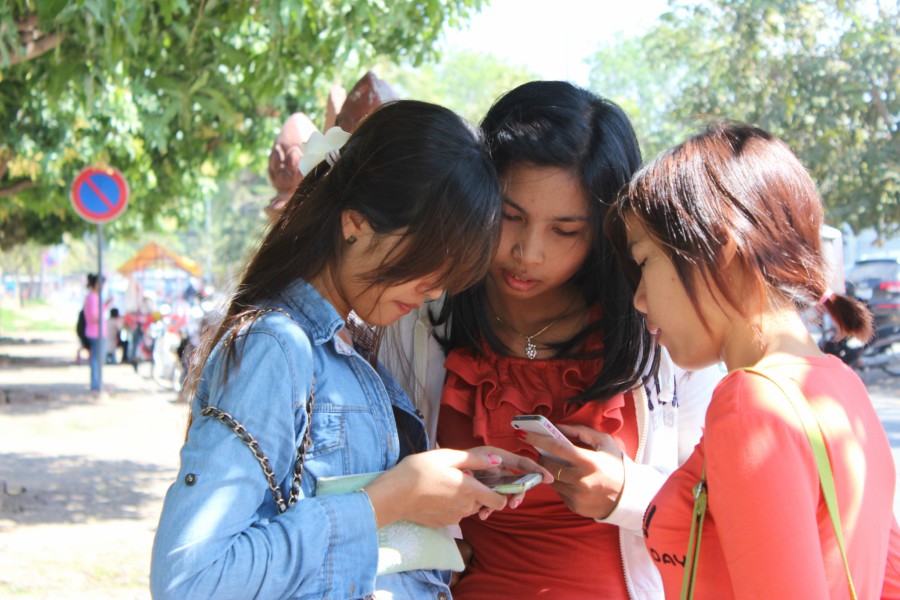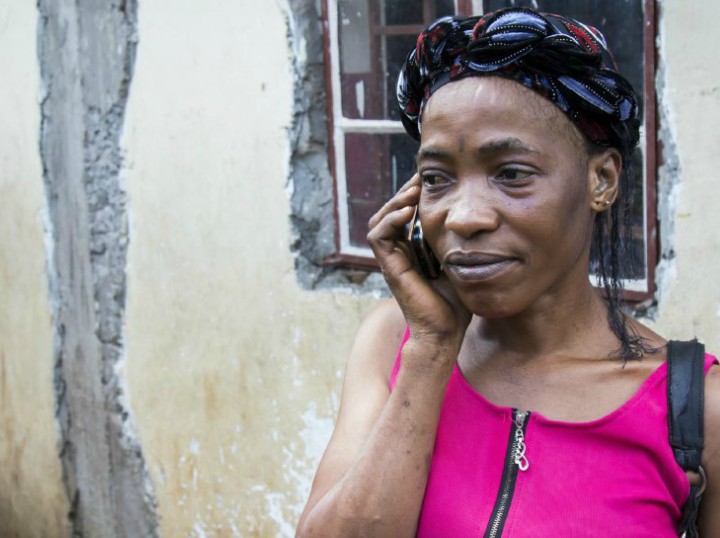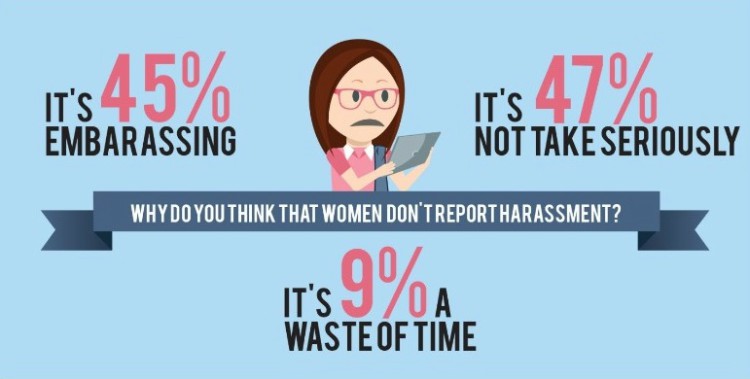Let us know what type of content you'd like to see more of. Fill out our three question survey.
Cyber Violence Against Women and Girls Exacerbates Digital Exclusion
Nov 20, 2017
Raise your hand if you have experienced online harassment. I am sure the response is a virtual flurry. Although digital technologies have the ability to empower, connect, and liberalise, they can also serve as platforms for marginalisation and abuse.
Recent news stories such as those from the UK General Election have shone a light on the targeting of female politicians and journalists and high-profile cases of cyber bullying of young girls have shocked people world over. Whilst we know well the veracity of online violence, a less prominent issue is how it can exacerbate levels of digital exclusion for already marginalised populations. Let’s take a look at how online violence against women and girls—or “cyber VAWG”—further impedes digital inclusion and prevents women and girls from enjoying digital dividends.

Photo from the USAID Development Innovations Cambodia project.
Why Are Women and Girls Targeted?
Technology may have the power to connect and empower, but it also can reinforce and normalise gender roles and cultural customs. The online world is not just a mirror image, but a “hall of mirrors” of the offline world, reflecting and amplifying the positive and negative. For women and girls, this mirror image often reflects a culture of misogyny, marginalisation, and violence. Shockingly, women are 27 times more likely to be the victims of cyber violence than men. Research undertaken by the Digital Rights Foundation in Pakistan found that 40 percent of women reported being stalked and harassed via messaging apps. Whilst women and girls suffer more offline, this is likely to be reflected online.
How Does This Impact Digital Inclusion?
The risks associated with technology use may cause women and girls to mistrust technology and even opt-out of use. A GSMA Connected Women report found security and harassment to be one of the top five barriers to mobile phone ownership among women. Below we identify a number of ways in which cyber VAWG can cause women and girls to self-censor or opt out of online use, negatively impacting digital inclusion.
- Emotional Bandwidth and Personal Safety: Constant abuse may cause the victim to opt out of online use due to serious pressure on their emotional wellbeing, causing stress, depression, and anxiety. Online threats of physical abuse of victims or their families are also common, causing fear for physical safety. A recent study in India found that 28 percent of women who had suffered online abuse intentionally reduced their online presence. The emotional effect that cyber VAWG has on victims greatly increases the likelihood of women and girls retreating from use.

Photo from the DFID Access to Security and Justice Programme in Sierra Leone.
-
Social and Cultural Norms: In many places there are negative perceptions of women and girls who use digital technologies, with many reporting that their family would feel uncomfortable with them owning a mobile. Our Digital Insights in Sierra Leone found that women who use mobile phones in private are often suspected of being unfaithful; a girl posting a picture of herself on Facebook might be labelled promiscuous and be ostracised from a highly religious community; a female journalist expressing her views on Twitter might be trolled. For these reasons, women may not be permitted to use these technologies, may chose not to due to safety and acceptance concerns, or may be limited in their use.
-
Reporting and Redress: Many countries do not have sufficient mechanisms for online protection. One in five female internet users live in countries where harassment and abuse of women online is extremely unlikely to be punished. In additional to poor politics, much criticism has been placed on social media platforms such as YouTube, Facebook, and Twitter for a lack of accountability and action. For instance, a recent case in India showed Facebook failed to take down photos of children with graphic descriptions of abuse for over a year. Reporting of online abuse can lead to victim-blaming or the case trivialised: APC research found that 60 percent of reported cases are not investigated by the authorities, finding that duty bearers trivialised technology-related VAWG, being dismissive or unaccommodating. Research undertaken by the Digital Rights Foundation in Pakistan found a mixed response to the question “girls that are harassed online are at fault.” Women and girls may mistrust these platforms, choosing to retreat.

Source: Hamhara Internet Report, Pakistan
- Digital Dividends: As we have seen in high-profile cases, female journalists, bloggers, celebrities, and politicians are far more likely than their male counterparts to suffer online abuse. Due to the difficulties of being female and opinionated online, women may choose to remove themselves from the public arena or may be put off running for elected office, sharing their opinions, or becoming a journalist: women are 52 percent less likely than men to express controversial views online. Without being able to use the online space freely, women and girls are far less likely to enjoy the benefits that come with digital technologies, or are far less likely to recognise these benefits.
Moving Forward
The issues outlined above reflect not only a lack of security online and offline for women and girls, but also a perception that the opportunities the internet brings just aren’t outweighed by the challenges. Solving the problem of VAWG in relation to digital access and inclusion is as complex as a complete turn-around in social and cultural norms: Whilst the world is not free, fair, and equal, neither is online space. Failure to address online VAWG will only serve to further impede the digital inclusion of women and girls, putting them at further risk of exclusion from enjoying digital dividends. In a world where the internet is not friendly and inclusive, we reduce opportunities for innovation, open discussion and empowerment. Nobody wins.
It is the responsibility of the ICT4D community to work towards a safer and friendlier online space for women and girls, towards providing information and data on cyber VAWG, lobbying for safeguards and redress for perpetrators.
November 25 is International Day against Violence Against Women. This year, the UN Secretary-General’s UNiTE to End Violence against Women campaign invites you to #Orangetheworld using the colour designated by the UNiTE campaign to symbolize a brighter future without violence.